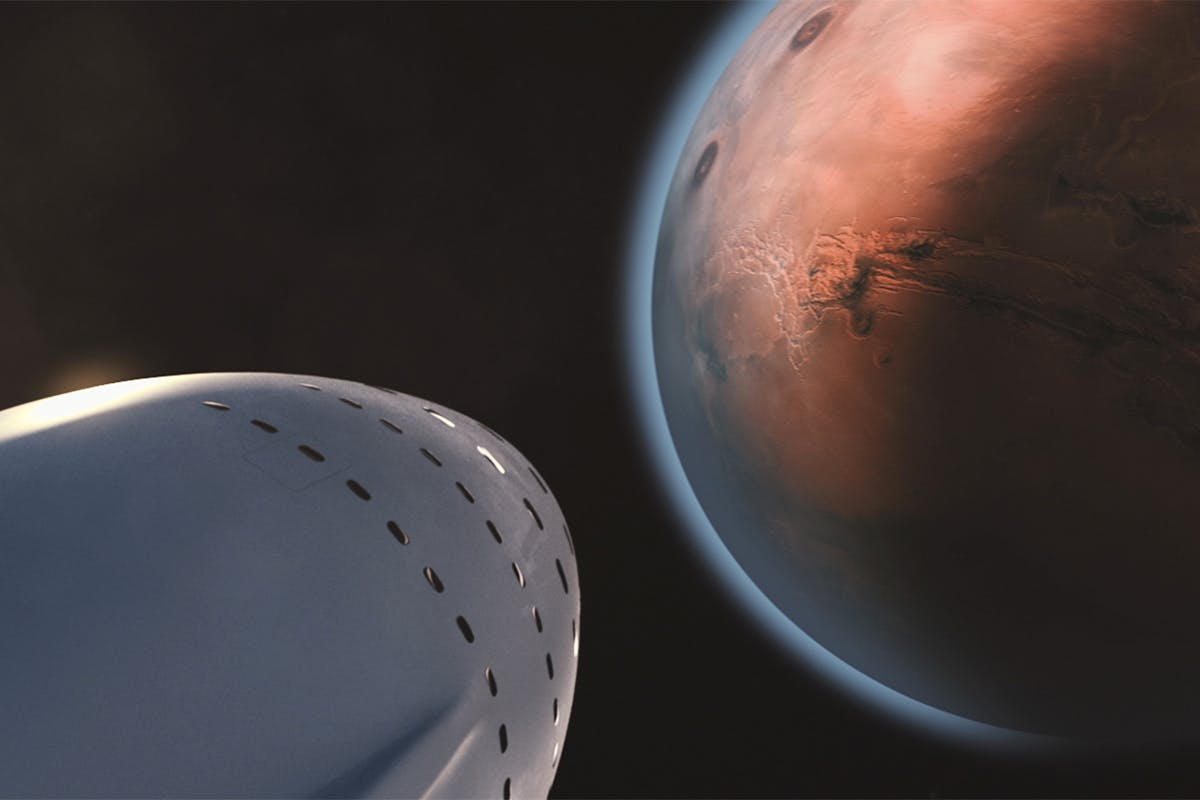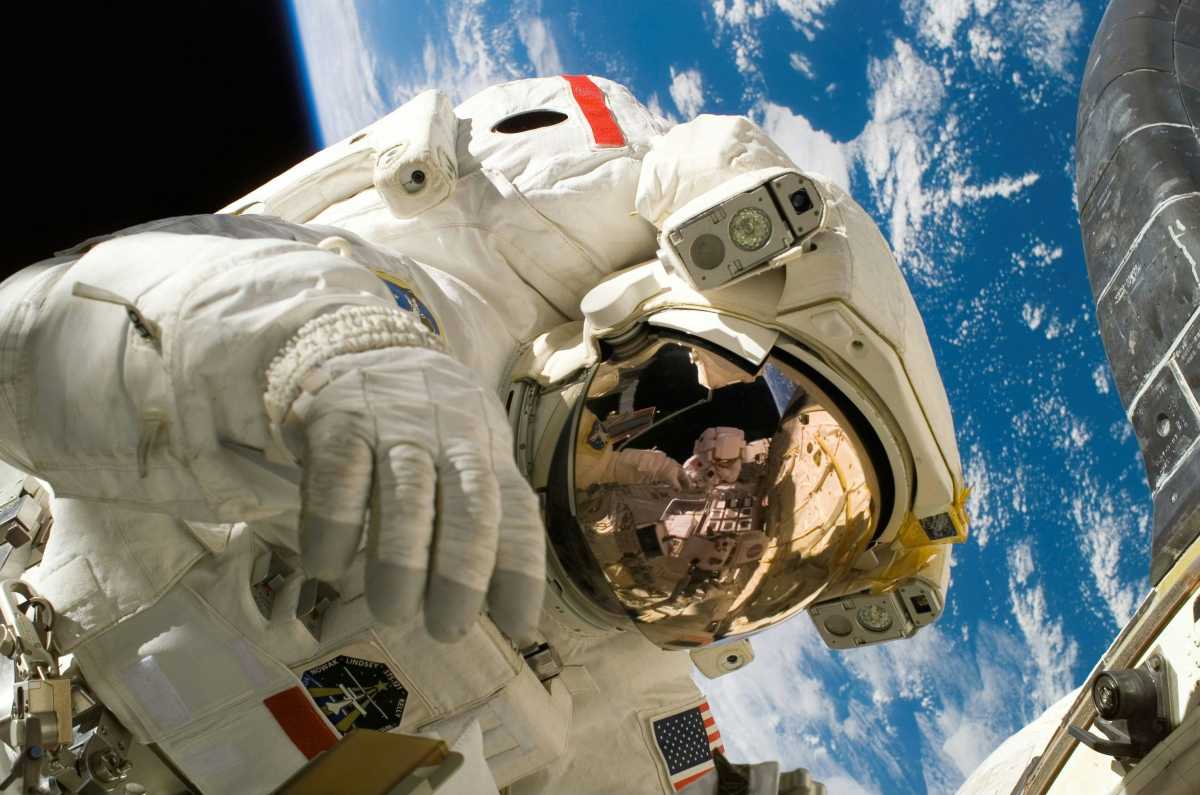NASA announces four CHAPEA volunteers for a year-long Mars simulation; the program will start in October

Another chapter on Mars habitation is set to begin with a year-long simulation in Texas. This simulation will have four participants who will survive in a Martian environment, but on Earth, according to The Independent. This simulated environment has been built in an area measuring around 1,700 square feet (158m²) in size at NASA's Johnson Space Center in Houston. The endeavor is one among a series of missions conducted by the US Space Agency to garner more insights into the lifestyle of astronauts on the Red Planet. The collected data will help the organization to formulate future missions with better conditions and eventual settlements.

Four Lucky Volunteers
The four volunteers selected for this simulation mission at the Mars Dune Alpha habitat have recently been announced by NASA. The team includes three men and women. Ross Elder, Ellen Ellis, Matthew Montgomery, and James Spicer will begin their mission on October 19, 2025, by entering the facility for 378 days. The programme is supposed to end on October 31, 2026. To ensure the smooth passage of the mission, Emily Phillips and Laura Marie have been hired as the mission's alternate crew members. The activity is a part of the missions called CHAPEA (Crew Health and Performance Exploration Analog).

What is CHAPEA?
CHAPEA missions are set to take place on Earth in a 3D-printed habitat replicating the conditions of Mars. By making volunteers face these conditions in an isolated setup, experts will monitor their reactions. After noting these reactions, they will figure out if they can improve the situation in any way by introducing better technology or other problem-solving endeavors. The reactions are undertaken by evaluating certain human health and performance factors against circumstances, like confinement, resource limitation, equipment failures, communication delays, alongside other expected stressors during the missions.
The mission's objective is to improve the lives of people traveling to Mars. "As NASA gears up for crewed Artemis missions, CHAPEA and other ground analogs are helping to determine which capabilities could best support future crews in overcoming the human health and performance challenges of living and operating beyond Earth's resources – all before we send humans to Mars," said Sara Whiting, project scientist with NASA's Human Research Program at NASA Johnson.
What Life Inside the Capsule Would Look Like?
The circumstances will be simulated in the capsule during routine tasks that astronauts perform during Martian missions. These tasks include robotic operations, walking on the Red Planet, growing a vegetable garden, conducting robotic operations, and many more. Experts will record cognitive and physical performance exhibited by the crew when they face any stressor during the task, and whether it changes as they spend more time in the capsule. Along with gathering data to make future Mars missions more comfortable for astronauts, the space agency will also be testing technologies designed by scientists for use on the Red Planet. Some of these technologies are a potable water dispenser and diagnostic medical equipment.
It is the second mission in the CHAPEA program and is being monitored by NASA's Human Research Program. The last mission ended on July 6, 2024. NASA volunteer Anca Selariu was a part of the first mission and called it an eye-opening experience. "Every day seemed to be a new revelation about something; about Earth, about art, about humans, about cultures, about the history of life in the universe – what little we know of it," Selariu said. "As much as I appreciate having information at my fingertips, I will miss the luxury of being unplugged in a world that now validates humans by their digital presence."